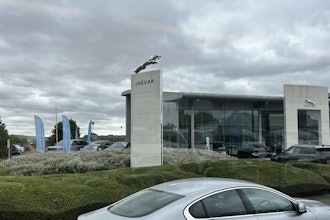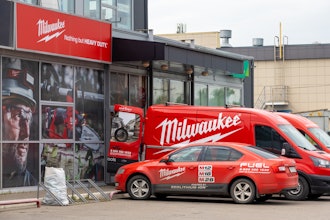Jim Lane Biofuels Digest — September 17, 2009
In Washington, although some say that history was made yesterday when the US House of Representatives voted to defund ACORN, the controversial voter registration organization, there is no doubt that it was the first time that legislators had sped to Capitol Hill to make a vote, powered by algae.
Reps. Steve Israel of New York, Jay Inslee of Washington and Tim Ryan of Ohio were on hand in DC for demonstration of the 150 mpg Algaeus when it arrived in Washington, but leapt into the car and sped towards Capitol Hill for a series of votes in the afternoon relating to the Student Aid and Fiscal Responsibility Act of 2009.
The events capped off what is becoming a transition from “the Summer of Algae” to Algae’s “Days in the Sun” as the New York Times and the Los Angeles Times both published extensive reviews of the state of algal fuel development in yesterday’s editions.
“Algae as Fuel of the Future Faces Great Expectations — and Obstacles,” boomed the headline in the Times’ Energy & Environment section while the LA Times placed its article on San Diego’s burgeoning algal fuel development community on the front page of the business section, above the fold.
Some of the hub-bub related to the arrival of the 150 mpg “Algaeus,” a modified Toyota Prius running on an algal fuel blend, in DC, where it was greeted by several member of Congress while also promoting the documentary film FUEL. Sapphire Energy president CJ Warner, whose company supplied the fuel for the Algaeus’ cross-country promotional and demonstration trip, noted that numerous members of Congress are looking at the promise of algae to provide community development, as well as assist in the fight for climate change and the improvement of energy security.
Observers note that legislators are also interested in algae’s potential to utilize agricultural land that has fallen out of production — for example, former cotton or rice lands — as a means of revitalizing regions that have become economically depressed through the demise of terrestrial farming.
A diverse, bi-partisan group of supporters of algae range from liberal Democratic Senator Barbara Boxer to conservative Republican congressman Brain Bilbray. The New Mexico delegation has also been cited by many for pushing through a series of steps in national legislation this year to increase support for algae — for example, a $50 million research grant for which a San Diego-based group led by SD-CAB is competing — as well as providing more fuel and feedstock neutrality in the Renewable Fuel Standard.
Warner, giving an update on Sapphire Energy, confirmed a report in the LA Times that the company is now testing 8,000 strains of algae per day, using a high-throughput research technique, and also confirmed that the company is in a public comment period on its bid to construct a demonstration-scale facility in New Mexico, scheduled to break ground late next year and open in 2011. The facility will have a 1 million gallon capacity. Warner also said that the company is not yet committed to power plan flue gas, and is in talks with a number of different industrial sources of carbon dioxide, but that unscrubbed flue gas could well work for its operations, noting that the algae uses many of the impurities as nutrients.
On water usage, Warner said that “fresh water is a good niche business — if you are using algae to clean something up, then fresh water is fine. But for scale — it’s brackish water.”
A total of 11 different companies are now developing algal fuels in San Diego, Orange, Los Angeles and Imperial counties, including two DARPA-funded projects led by General Atomics and SAIC.


















